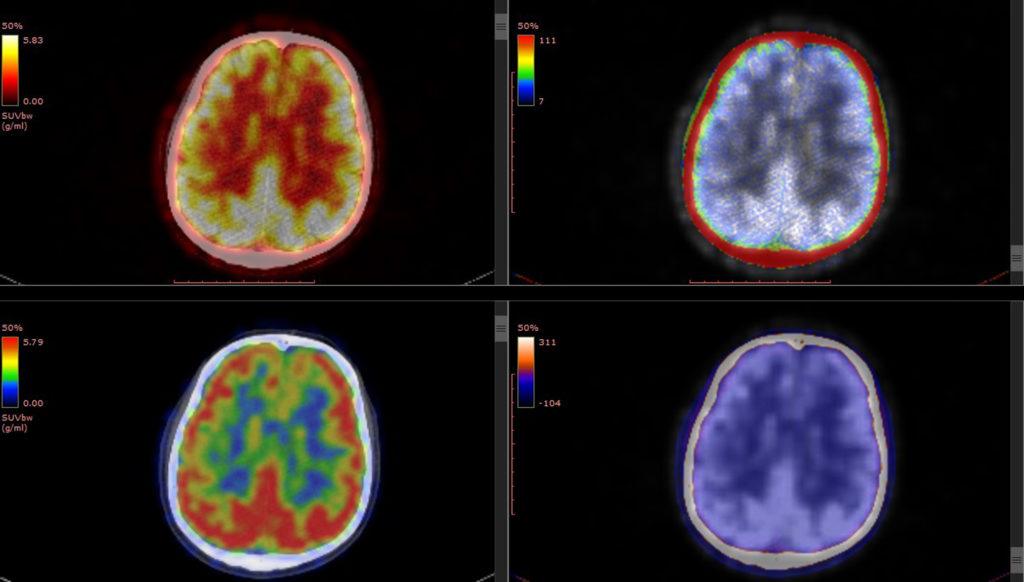
As interest in the therapeutic uses of psilocybin continues to grow, scientists are making discoveries about how this compound works in the body. Through various experimental work, scientists have come gather sufficient evidence to theorize that the serotonin receptor in the brain called 5-HT2A is where psilocin (the active metabolite of psilocybin) binds to cause the psychedelic experience.1-6 But until now, no one has confirmed this hypothesis
In January 2019, researchers at Copenhagen University Hospital and Imperial College London published new findings that show the binding of psilocin to 5-HT2A causes the psychedelic experience from ingesting pure psilocin7 (psychedelic mushrooms or magic mushrooms contain more compounds than psilocybin). The team was led by Dr. Martin Madsen of the Neurobiology Research Unit at Copenhagen University Hospital. The unique and important aspect of this study is the scientists monitored two physiological aspects of the test subjects while they were under the influence of psilocybin—the levels of psilocin in their blood plasma and the amount of psilocin bound to the 5-HT2A receptors in their brains.
The study used eight healthy volunteers who received baseline blood testing and PET (positron emission tomography) scans. They also completed a questionnaire to evaluate their subjective experiences before, during, after taking psilocybin. While they were still in the PET scanner, the volunteers received a single oral dose of 3 – 30 mg of pure psilocybin. The researchers monitored the receptor occupancy in the brains of the volunteers throughout the study. Blood draws were also done to check their amount of psilocin in their blood.
The Results Point to Psilocin Binding to 5-HT2A
When the data were analyzed, three significant findings emerged:
- The higher the psilocybin dose, the more 5-HT2A receptors were occupied in the brain. Receptor occupancy hit 72% at the highest dose (30 mg).
- The amount of psilocin in the blood plasma and the calculated receptor occupancy in the brain were strongly related. The authors stated they “…conformed to a single-site binding model.”
- The intensity of the subjective effects had strong correlations to receptor occupancy in the brain, levels of psilocin in the blood, and questionnaire scores.
These results showing concurrent blood psilocin levels, psilocin binding in the brain, and subjective effects confirm that stimulation of 5-HT2A receptors in the brain is a key determinant for the psilocybin psychedelic experience. Most interesting is that the data also confirmed that the subjective experiences resulted from psilocin binding to 5-HT2A.
Before this study was conducted, the best evidence scientists had indicated that psilocin was responsible for the psychedelic effects people experienced from ingesting the prodrug psilocybin. This theory was based on what was known about the metabolism of psilocybin and the results of receptor binding studies. This study is groundbreaking because it showed what was happening in real-time. The subjective experiences of the volunteers occurred at the time psilocin was bound to the 5-HT2A receptors in their brains, and the amount of psilocin in their blood correlated with the amount that was bound to 5-HT2A at the same time.
Magic Mushrooms Contain Several Compounds
It’s important to remember that psilocybin and psilocin are only two compounds in magic mushrooms. Scientists don’t understand (and are not currently studying) how these other compounds interact or how they work with different types of serotonin receptors in the brain. The psychedelic experience brought on by magic mushrooms comes from a combination of all these variables, as well as the dose, set, and setting.
